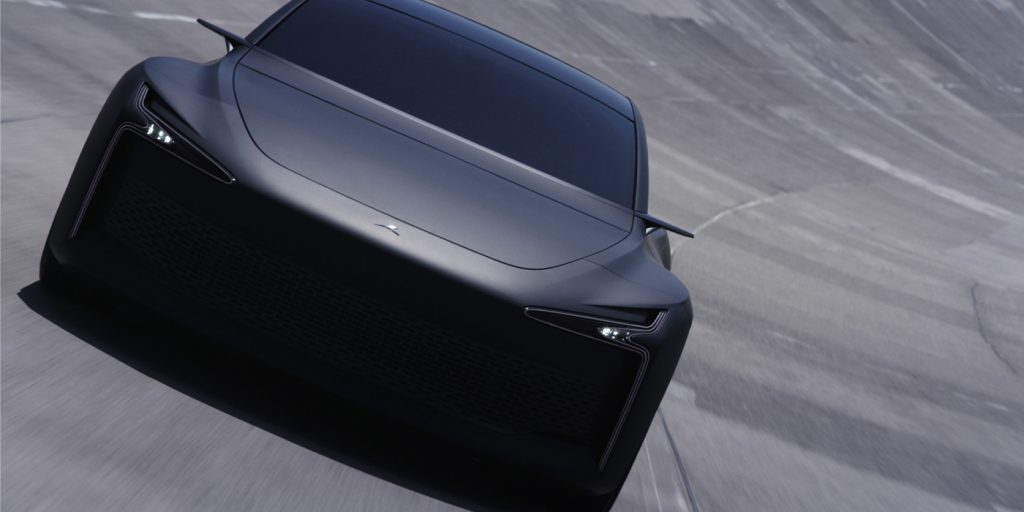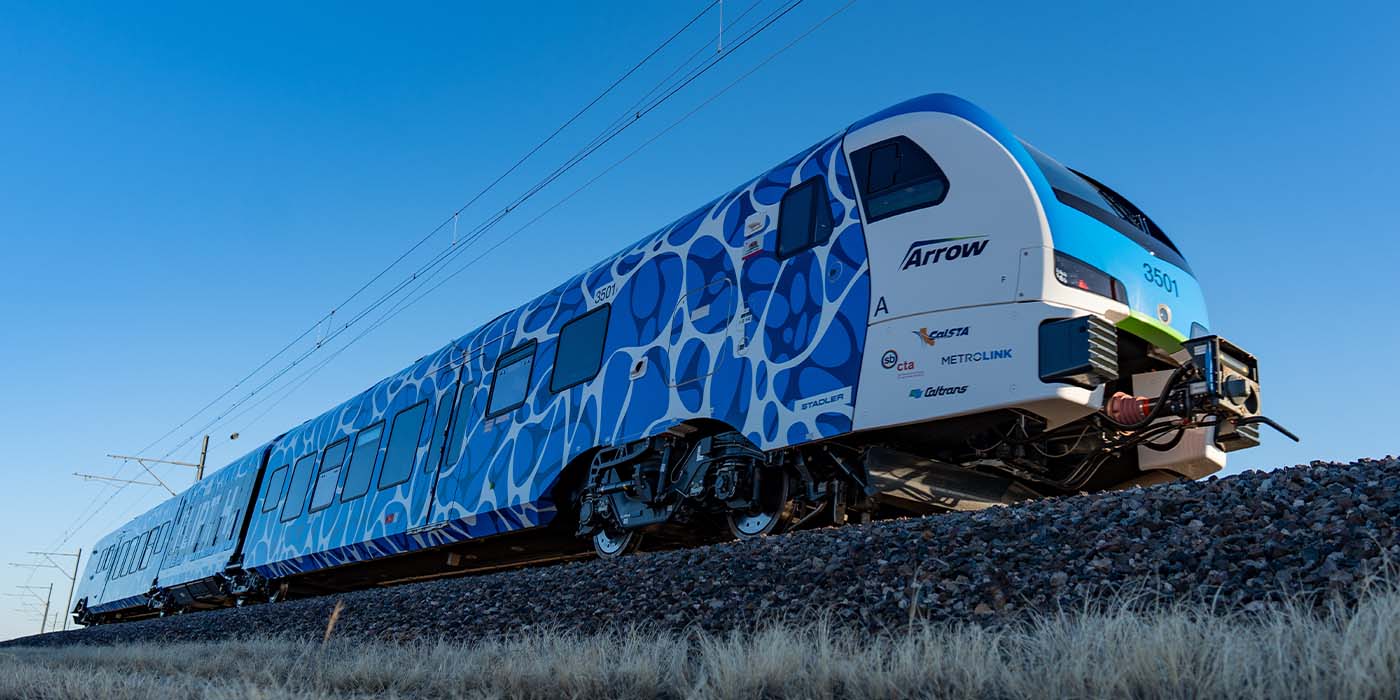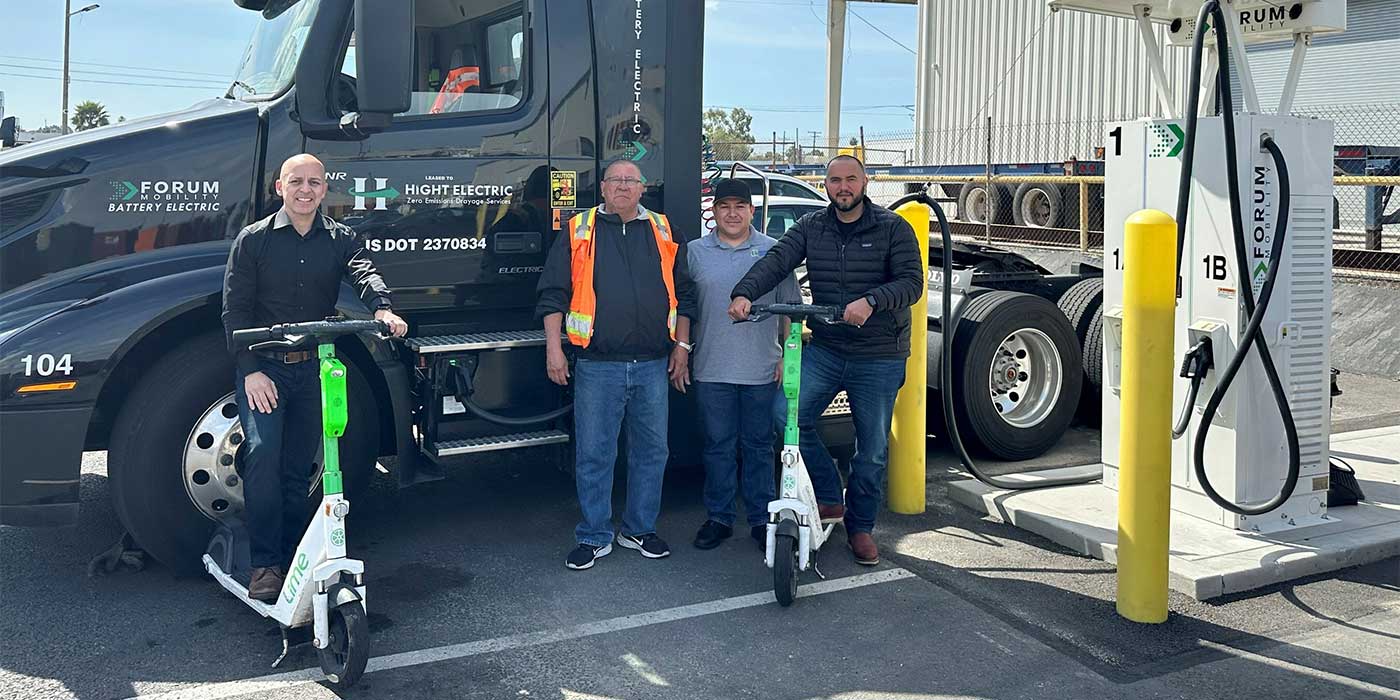Trucking is arguably the most interesting application for electrification right now. As the technology stands today, trucking OEMs are most definitely interested in electric, but there isn’t a clear, definitive direction yet when it comes to how we’re going to power these trucks. And, chances are, that’s not going to change – at least for a very long time.
That’s because, like I recently discussed on a recent episode of “The Amped EV Podcast,” manufacturers have found that different fuel sources tend to work better for certain applications. While a more standard lithium-ion battery electric truck might work well for delivery or garbage truck applications thanks in large part to regenerative breaking opportunities, hydrogen fuel cells are showing a lot of promise in long-haul, heavy-duty applications.
For these big rigs, the energy density of today’s lithium-ion batteries just doesn’t cut it in relation to truck weight and the distance these trucks have to travel. Hydrogen fuel cells, however, are lighter and can generate electricity on-board the vehicle.
There are still a lot of issues with hydrogen fuel cells, though. For one, hydrogen fuel stations just don’t exist in the quantities they need to for this fuel source to be viable today. It’s also worth mentioning that a lot of hydrogen extraction comes from fossil fuels – this is typically referred to as “grey hydrogen.” And, if the goal is sustainability, well, I don’t have to explain the problem here.
Interestingly, though, truck engine manufacturer Cummins is doing a ton of research in this field, and is discovering ways around using as many fossil fuels to do the deed via something called electrolyzers. Basically, an electrolyzer is a system that uses electricity to break water into hydrogen and oxygen. The oxygen can either be released into the atmosphere or stored, and the hydrogen can be stored as a compressed gas or liquefied. This produces “green,” rather than “grey,” hydrogen. Pretty cool.

Now, I wanted to mention, too, that it’s not fair to focus on just trucks when it comes to hydrogen fuel – French manufacturer Hopium earlier this year revealed the first rolling prototype of its Hopium Machina hydrogen-powered sedan with a vehicle named Alpha 0. The company says this prototype vehicle has a speed of 200 KM/H, or 124 mph, and we’re expecting more news on this alternative-fuel sedan in the first quarter of 2022.













